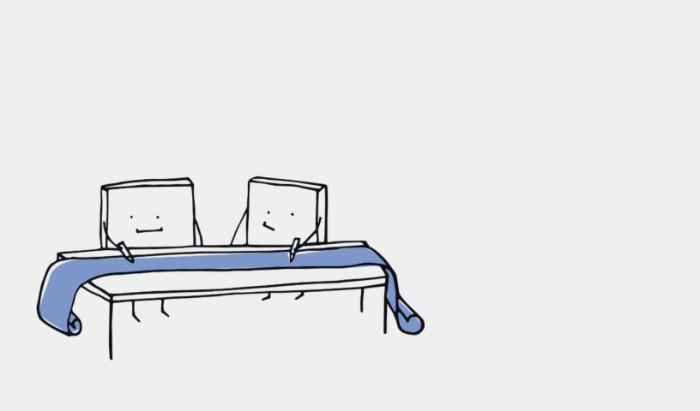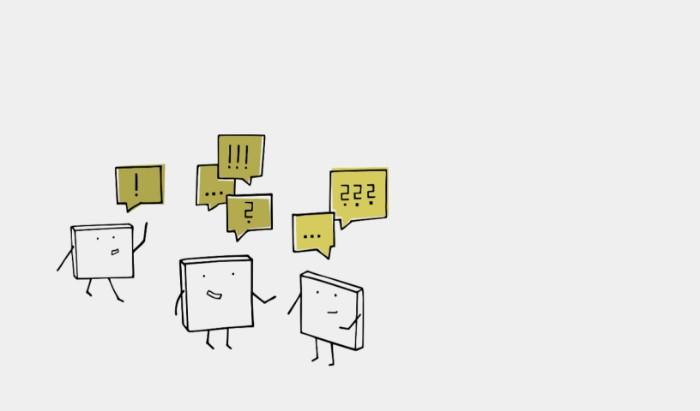Are you looking to grow your company’s assets but need more information? Understanding the various kinds of fixed assets can help you plan for growth, track tangible items and financial investments, and identify areas where you can improve. Fixed assets are integral to a business's success.
So if now is the time to review yours in detail, this blog post is designed with you in mind. Here we will cover all the different types of fixed assets and examples of each making it easy for any business owner or contractor to evaluate their investments.
Learn how understanding your fixed asset portfolio can lead to long-term success.
What is a Fixed Asset, and why are they important to businesses
Fixed assets are long-term physical resources a company owns and uses to conduct its business operations. Examples of fixed assets include land, buildings, furniture and fixtures, vehicles, machinery and equipment, tools, computer hardware and software, office supplies, and any other tangible asset a business uses for an extended period.
Fixed assets are important for businesses and organizations for several reasons. They provide the infrastructure needed to conduct business operations and generate revenue. They also help increase productivity, efficiency, and profitability by allowing employees to use them with minimal disruption or interruption.
Fixed assets protect a company in times of financial difficulty since they can be used as collateral when borrowing money from banks or other financial institutions. Finally, fixed assets are important for taxes as they can be deducted from a company’s taxable income.
Examples of Tangible Fixed Assets
1. Land: Examples of land are any parcels, acreage, or plots a company owns as part of its business operations. This can include land used for production, offices and warehouses, retail stores, or parking lots.
2. Buildings: Examples of buildings are structures owned by a company and used to conduct or support business operations. Examples of buildings include commercial office buildings, warehouses, retail stores, manufacturing plants, and other structures used in the production process.
3. Furniture & Fixtures: Examples of furniture and fixtures are any items that a company owns and uses to furnish its offices or work areas. Furniture and fixtures include desks, chairs, filing cabinets, conference tables, and other items used to furnish offices or work areas.
4. Vehicles: Examples of vehicles are any automobiles, trucks, vans, forklifts, tractors, or golf carts owned by a company and used to transport people or goods.
5. Machinery & Equipment: Examples of machinery and equipment are any items used in the production process or to support business operations. Examples of machinery and equipment include computers, printers, photocopiers, tooling machines, forklifts, conveyors, pumps, and other industrial machinery.
6. Tools: Examples of tools are any small hand-held instruments or devices owned by a company and used to conduct business operations. Examples of tools include hammers, screwdrivers, wrenches, saws, pliers, and other items used in the production process or to support business operations.
7. Computer Hardware & Software: Examples of computer hardware and software are any physical components of a computer system, such as monitors, hard drives, keyboards, and software programs used to operate a computer system. Examples of computer hardware and software include operating systems, word-processing programs, databases, and other applications used to conduct business operations.
8. Office Supplies: Examples of office supplies are any items owned by a company used for general administrative tasks, such as pens, pencils, paper, staplers, and other items used to conduct business operations.
By understanding the different types of fixed assets and how they impact a business’s success, business owners can make better decisions about their investments in these long-term resources.
Examples of Intangible Fixed Assets
1. Copyrights: Examples of copyrights are any original works created by an individual or company which grants exclusive rights to the creator. Examples of copyrights include musical compositions, artwork, books, and other creative works protected by copyright law.
2. Patents: Examples of patents are any inventions or discoveries approved by the government and granted exclusive rights to the inventor. Examples of patents include new machines, pharmaceuticals, software programs, and other inventions protected by patent law.
3. Trademarks: Examples of trademarks are any symbols or words used to identify a company's products or services. Trademarks include logos, slogans, brand names, and other identifiers used to distinguish a company's products or services from its competitors.
4. Goodwill: Examples of goodwill are any favorable reputation or image a company has earned with its customers that can attract new business and create loyalty. Examples of goodwill include customer satisfaction, positive reviews, and other intangible benefits of a company's products or services.
5. Licenses & Permits: Examples of licenses and permits are any legal documents issued by the government allowing a company to operate its business activities under certain rules and regulations. Examples of licenses and permits include business licenses, building permits, zoning approvals, and other forms of authorization required to conduct business operations.
By understanding the different types of intangible assets and how they impact a business’s success, business owners can make better decisions about their investments in these long-term resources. Having a firm grasp on tangible and intangible fixed assets is essential to making informed decisions about investing in the right resources for a company's future growth.
Benefits of Investing in Fixed Assets

Investing in fixed assets benefits a business because these resources help the business generate income, improve efficiency, and control costs. Examples of benefits include:
1. Increased Productivity & Efficiency: Fixed assets such as equipment, tools, and computers can help increase productivity by allowing businesses to complete tasks faster and more accurately than before. This can lead to cost savings, improved efficiency, and higher levels of customer service.
2. Growth Potential: Investing in fixed assets creates a foundation for future growth, enabling businesses to expand their services or product offerings and take on larger projects. This could result in increased sales and profitability over time.
3. Cost Savings: Fixed assets can also help businesses save money in the long run as they reduce the need for manual labor and simplify processes. This can lead to lower operational costs, greater efficiency, and higher profits.
By investing in fixed assets, businesses can improve their productivity and efficiency while creating a foundation for future growth. Understanding the different types of fixed assets and their associated benefits is essential to making informed decisions about investing in the right resources for a company’s future.
How to Calculate Depreciation of Fixed Assets
Depreciation is a type of accounting practice used to reduce the book value of fixed assets over time to reflect their current market value. Examples of how to calculate depreciation include:
1. Straight-Line Method: This method allocates the asset's cost over its expected useful life in equal amounts each year, meaning that businesses can claim the same depreciation expense each year.
2. Units-of-Production Method: This method allocates the asset's cost based on how much it is used, meaning that businesses can claim more or less depreciation expense depending on the utilization level of an asset.
3. Double Declining Balance Method: This method calculates depreciation expense by multiplying the book value of an asset each year by a set percentage, allowing businesses to claim more depreciation in earlier years and less in later years.
By understanding how to calculate the depreciation of fixed assets, businesses can maximize their tax deductions and minimize their financial expenses. By considering both tangible and intangible assets, business owners can make informed decisions about their investments in these long-term resources.
FAQs
Is an example of fixed asset Mcq?
No, Mcq is an exam question and not an example of fixed asset. Examples of fixed assets can include buildings, equipment, computers, furniture, and intangible assets such as licenses and permits.
What are the benefits of investing in fixed assets?
The benefits of investing in fixed assets include increased productivity and efficiency, growth potential, and cost savings. Investing in fixed assets can help businesses increase productivity by allowing them to complete tasks faster and more accurately than before.
What is the depreciation of fixed assets?
Depreciation of fixed assets is a type of accounting practice used to reduce the book value of fixed assets over time to reflect their current market value. Examples of how to calculate depreciation include the Straight-Line Method, Units-of-Production Method, and Double Declining Balance Method.
Conclusion:
Investing in your business's fixed assets is a crucial step to ensure the long-term success of your company. Tracking, managing, and monitoring these investments are key, as they have the potential for driving up profit margins and creating stability for years down the road - not just now! Not only that but those who rely on your business will benefit from this.




